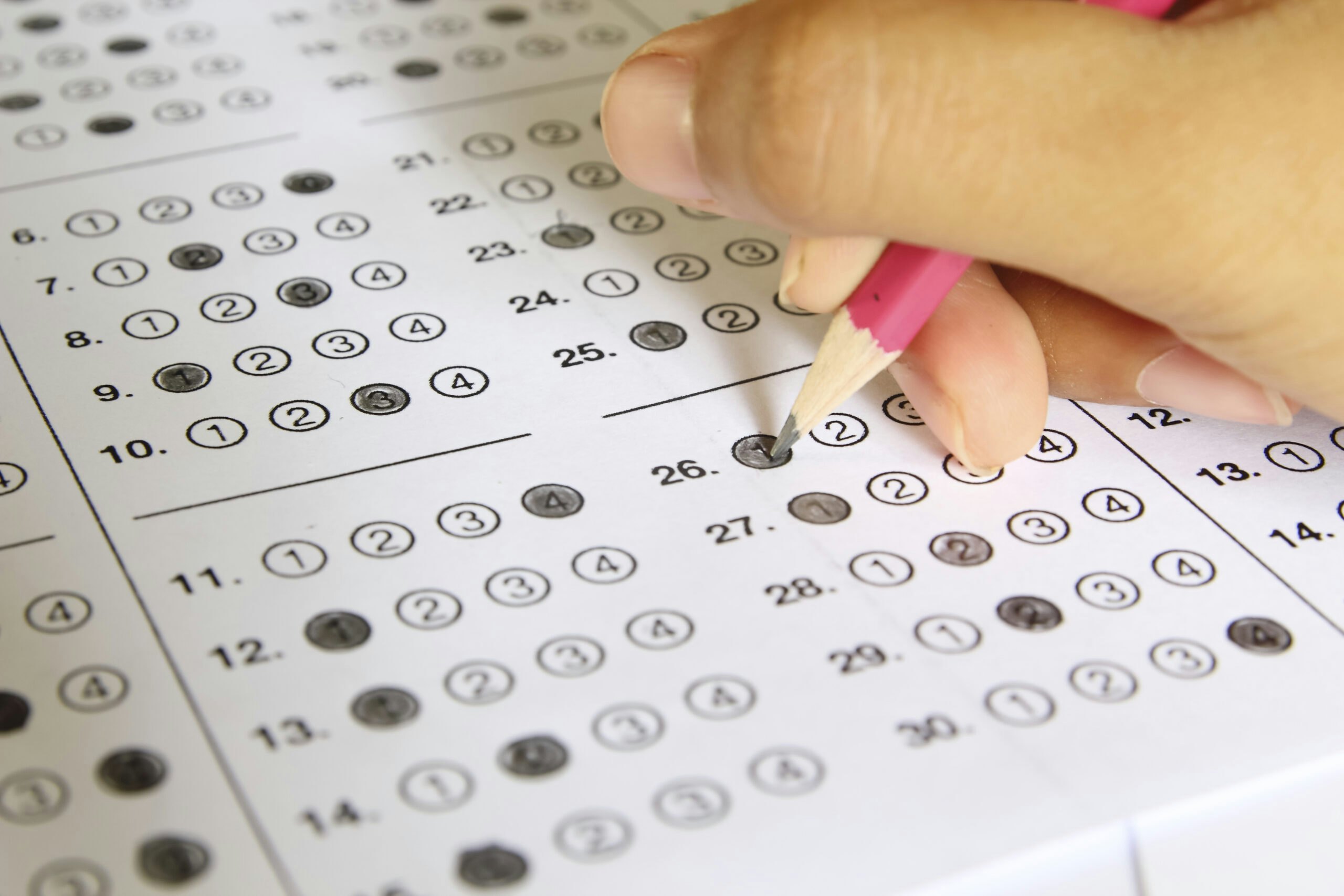Come September, the most fair way of assessing student progress is for the Texas Education Agency to require beginning-of-the-year exams. These would not be used to rate the schools but rather to diagnose what gaps might need attention.
Margaret Spellings, the former U.S. education secretary who now heads Texas 2036, makes the point that if you solve for education, you solve for our democracy. And Condoleezza Rice, the former U.S. secretary of state, wrote recently that educational opportunity provides at least a partial shield against prejudice, offering children of color a fighting chance against discrimination.
Their logic carries a special meaning for America’s democracy today after George Floyd’s senseless murder. How do we end the systemic racism that keeps eating away at our founding ideal of equality for all?
Solving for education is certainly one big part of the puzzle, and the concurrent pandemic only hastens the need to employ the best strategies. The so-called COVID-Slide, which experts say could be far greater in math than other subjects, is likely to impact racial minorities and low-income students disproportionately. We already know some have suffered from a lack of sufficient access to online learning.
A sense of justice and fair play requires educators to find and use the most precise data possible in determining what exactly their students learned and didn’t learn as the 2019-2020 school year ended. Only by knowing that information can they tailor the right interventions as the 2020-2021 school year begins for students who may have fallen behind.
As my colleague Anne Wicks explained recently, the state of Texas is offering beginning-of-the-year assessments for districts to use in determining the achievement levels of students as they start school later this summer. Districts can use the state’s exams to discern any gaps and use the data to guide the flow of intervention strategies.
So far, though, the state tests are only voluntary. Districts don’t have to use them. Some may instead use their own district examinations or the national MAP tests.
For the larger issue of justice, the Texas Education Agency should require its test be used. A state exam provides comparable data, which is why civil rights leaders and advocates for disadvantaged children long ago wanted independent, objective standardized exams. That way, a child in Del Rio will take the same exam as a student in Plano. The equal footing provides information across the board so the state can know how students in all parts of Texas are faring.
District tests will only tell you what their own students are doing. They don’t tell you how students in one district compared to another. And you really don’t know if district tests are equally rigorous and reliable.
For example, do they all have the same processes of developing, reviewing, and field-testing their questions? Maybe yes, maybe no, which is too arbitrary for a state whose responsibility is to ensure the progress of all kids, no matter their race, gender, income, or zip code.
The MAP tests https://www.nwea.org/map-growth/ , which districts around the country increasingly use, are good interim assessments that tell districts how well their students are doing at a moment in time. Since they can be given throughout the year, the formative exams also help teachers and parents understand how a child has grown — or not grown — in a subject from Point A to Point B. And teachers can get the results back speedily, which provides them good, useful, and important information.
But students are not all asked the same questions, so comparability is not guaranteed. And the tests do not measure a summary of knowledge over the course of a year, which will be important in assessing how much knowledge might have been lost since the pandemic began.
So, come September, the most fair way of assessing student progress is for the Texas Education Agency to require beginning-of-the-year exams. These would not be used to rate the schools but rather to diagnose what gaps might need attention. That important distinction should alleviate educators’ fears that the tests might be used to judge them and their schools.
They instead would be used to help students and teachers alike to get the interventions and resources they need to overcome any learning deficits. The state also can have a uniform . benchmark to use in determining how much individual students grow in their knowledge of, say, reading by next May.
A test alone will not solve for any education gaps, but it would be the first step in determining the needs of all Texas students in the middle of a pandemic that challenges our country, not the least of which are our children.




























